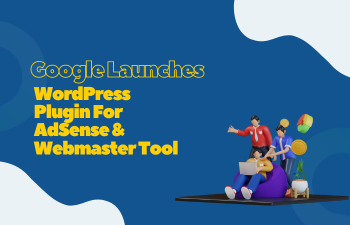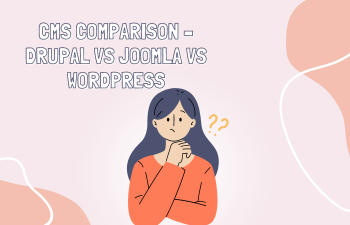 Digital Marketing
Digital Marketing
Digital Marketing Benefits
Digital Marketing Benefits
Digital marketing can reach out to maximum audience or customer with the help of digital marketing and you can do that fast. It plays an important role in the modern commerce system. This system makes our business more fast and accurate. Digital marketing is infinitely more affordable than traditional offline marketing methods. But one of the main benefits of conducting your marketing digitally is the ease with which results can be tracked and monitored. Rather than conducting expensive customer research, you can quickly view customer response rates and measure the success of your marketing campaign in real-time, enabling you to plan more effectively for the next one. This paper attempted to highlight the importance of digital marketing in the new era.
Introduction
Digital marketing is promotion of products or brands via one or more forms of electronic media. Digital marketing is often referred to as ‘online marketing, ‘internet marketing’ or ‘web marketing. The term digital marketing has grown in popularity over time, particularly in certain countries. Digital marketing is a subcategory of marketing that uses digital technology to place and sell products. Digital media is so pervasive that consumers have access to information at any time and any place they want it.
Digital marketing is an umbrella term for the marketing of products or services using digital technologies, mainly on the Internet, but also including mobile phones, display advertising, and any other digital medium. The Internet is an interactive medium. It allows for the exchange of currency, but more than that, it allows for the exchange of value. A business on the Internet can gain value in the form of time, attention, and advocacy from the consumer. For the user, value can be added in the form of entertainment, enlightenment, and utility; content marketing is one powerful way to create value. Digital marketing strategy builds on and adapts the principles of traditional marketing, using the opportunities and challenges offered by the digital medium.
Various Ways Of Digital Marketing
The digital marketing company has introduced various digital marketing channels which help marketers target the right audience and attract them towards the product or service being marketed. For this reason, it is important to understand not just what digital marketing can offer your brand or business but also the scope of various digital marketing channels and how best you can utilize these channels of digital marketing. For a digital marketing campaign to be rock solid and perform as well as expected, you need to recognize the digital marketing channels through which your brand or business needs to be marketed; for not every channel or digital marketing platform is relevant for businesses and brands across industries and markets.
1.Email Marketing
Email marketing, as the name suggests, is a digital marketing channel that is used to market brands and businesses through emails. While email marketing runs the risk of emails getting into the Spam folder, it is still a powerful means of increasing the visibility of your brand or business. Email marketing is used not just as a means of brand awareness, but also to generate leads, highlight product offers, send out newsletters, and so on.
2. Affiliate Marketing
Affiliate marketing refers to the process of paying for conversions. Think of it as hiring a salesperson for your product or service. That affiliate earns a commission. You determine the rate for affiliate marketing. You only pay for conversions. This means there is no upfront cost to affiliate marketing. Many bloggers or e-commerce websites use affiliate marketing.
3. Influencer Marketing
Always make sure to do your research on an influencer before you decide to do business with them. You might want to verify their Google analytics and make sure their following proves legitimate and not full of fake accounts.
4. Social Media Marketing
One of the most popular types of digital marketing is social media marketing. The rise of Facebook, Twitter, Linked In, Instagram, YouTube, and many other platforms have created a burgeoning marketplace where businesses can connect with audiences.
5. Pay Per Click
Search, also known as PPC, is the management of paid adverts in the search results of a search engine. These paid adverts are typically placed above, or to the right of the ‘organic search results and can be quite cost-effective. Paying per click means you only pay when a prospective customer clicks on your ad. You can
control your cost by setting a daily budget of say €5 per day.
6.Online Advertising
For instance, you may want to buy banner space on a specific website, and you would pay the website owner either based on the number of impressions, or the number of clicks the advert receives.
Some specific benefits of digital marketing include:
1. Better exposure:
Reach numerous prospects by switching to a digital marketing campaign within a small investment. Be found where your audiences are looking for you. You will notice long-term results by using digital marketing.
2. Save Time:
Digital marketing provides real-time results within no time.
3. Brand Building:
Brand building is what every business tries to accomplish and digital marketing company helps develop your brand by promoting it on several platforms, the more viral your brand goes, the more reputation your brand will earn in the eyes of search engines as well as users.
Challenges facing digital marketers Proliferation of digital channels. As a result, it’s becoming a lot harder to capture consumers’ attention.






